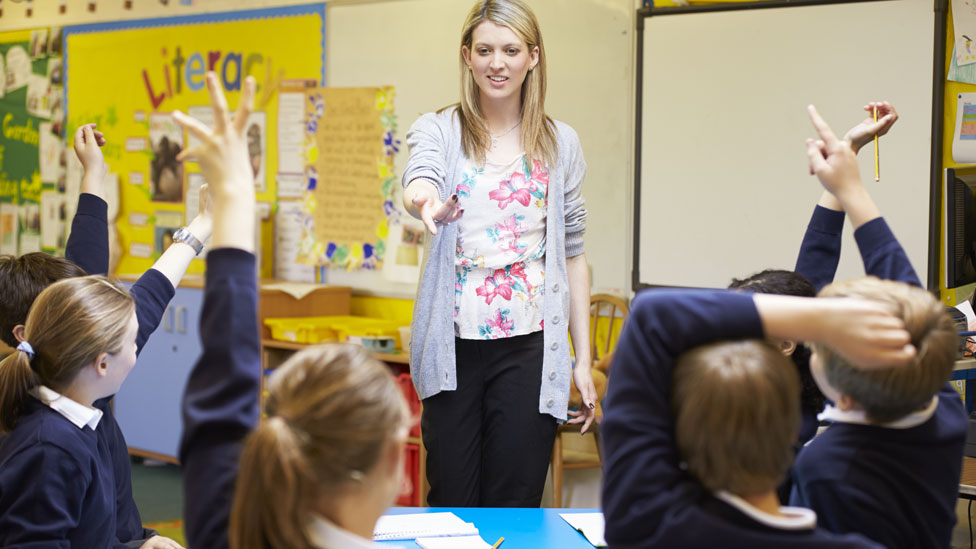Wednesday, 17 April 2019 UK Education News

 Image copyright
Getty Images
Image copyright
Getty Images
There are warnings that some of the 55,000 "unexplained" moves by pupils between schools in England over five years, could include schools wanting to remove difficult children.
The Education Policy Institute has looked at cases where pupils have changed school without moving home.
Almost a quarter of these moves have taken place in 330 secondary schools.
David Laws, chairman of the think tank, said it raised concerns "whether some schools are 'off-rolling' pupils".
"The size of unexplained pupil moves is disturbing," said Mr Laws, a former education minister.
The practice of so-called "off-rolling" is where schools are accused of trying to remove pupils who might have challenging behaviour, or whose poor results might damage league table performances.
The think tank does not say how many might be off-rolled, but it suggests a proportion of these moves might be the result of schools pushing out pupils, rather than choices made by parents.
Paul Whiteman, leader of the National Association of Head Teachers, warned "not to conflate and condemn all the different reasons a pupil might leave a school's roll. Every individual circumstance is different".
Geoff Barton, leader of the ASCL headteachers' union, said there was an "uncomfortable reality" that some of these "unexplained exits" could be because of the "illegitimate" behaviour of schools.
But he said it was also important to "keep in mind that many parents make the decision to move or home-school their child for their own reasons".
The study from the Education Policy Institute - sponsored by the National Education Union - has examined the movement of pupils between starting secondary school and taking GCSEs.
The researchers say when other factors are accounted for - such as families moving to another part of the country - there are still 55,000 moves by 49,000 pupils over five years, between the ages of 11 and 16, which it describes as "unexplained".
Image copyright Getty ImagesThese could be switching to other mainstream schools or to alternative provision or to home-schooling.
The "unexplained" moves will also include parents choosing to switch to another local school, while staying in the same area.
Figures for pupils taking their GCSEs in 2017 showed moves were most common among 11 to 14-year-olds, peaking between the end of Year 8 and the beginning of Year 9, with about 12,000 changes in school.
The lowest number of moves were in the year when pupils were taking their GCSEs.
There was the same pattern for those taking their GCSEs in 2011 - with a higher peak in moves between Year 8 and 9 than in 2017.
There were similar numbers of girls and boys changing schools and an increased likelihood among those who had been excluded, with a slightly higher proportion of black pupils.
There was no regional breakdown to show whether this might be more common in big cities such as London, with access to a wider range of schools.
But the report says the unexplained moves are disproportionately concentrated in some schools - with 330 schools accounting for 23% of the total.
A Department for Education spokesman said: "No head teacher goes into the job to remove a pupil from school - and no head teacher takes the decision to do so lightly.
"It is against the law to remove pupils on the basis of academic results - any school that does it is breaking the law.
"We have written to all schools to remind them of the rules on exclusions, and Edward Timpson is currently reviewing how schools use them and why some groups of children are more likely to be excluded from school than others."